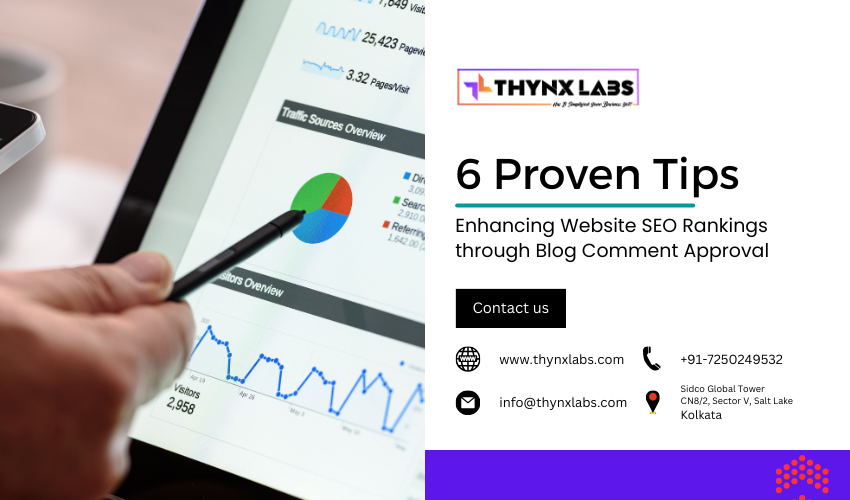Effective tips to protect your php website
PHP is a widely used programming language for web development, and as such, it is important to ensure the security of PHP websites. Hackers often target PHP websites to exploit vulnerabilities and gain unauthorized access. In this article, we will explore effective tips to protect your PHP website.
1. Keep PHP up to date
Keeping your PHP version up to date is one of the most important things you can do to protect your website. Newer versions of PHP often have improved security features and bug fixes. Make sure to update your PHP version as soon as a new release becomes available.
2. Use a web application firewall
A web application firewall (WAF) can help protect your PHP website from various types of attacks. A WAF analyzes traffic to your website and blocks any malicious traffic. There are many WAF solutions available, both commercial and open-source.
3. Use secure hosting
Your website's hosting provider plays an important role in securing your website. Choose a hosting provider that has a good reputation for security and provides secure hosting options, such as HTTPS and SSL/TLS certificates.
4. Use secure coding practices
Using secure coding practices is essential for securing PHP websites. This includes practices such as input validation, sanitization, and escaping. Input validation ensures that only valid data is accepted, while sanitization removes any potentially dangerous characters from input data. Escaping ensures that any special characters are properly encoded.
5. Use strong passwords
Weak passwords are a common cause of website security breaches. Use strong passwords for all user accounts and encourage your users to do the same. Strong passwords should be at least 8 characters long, and contain a mix of uppercase and lowercase letters, numbers, and special characters.
6. Implement access control
Implementing access control ensures that only authorized users can access sensitive areas of your website. This includes features such as login controls, permissions, and user roles. Ensure that each user has the appropriate level of access and permissions.
7. Use HTTPS
HTTPS encrypts data between the web server and the user's browser, making it difficult for hackers to intercept and steal data. Use HTTPS for all website traffic, not just for sensitive areas of your website. HTTPS is now considered standard for website security and is often a requirement for PCI compliance.
8. Disable error messages
Error messages can provide valuable information to attackers. Disable error messages on your website to prevent attackers from gathering information that they can use to exploit vulnerabilities.
9. Regularly backup your website
Backing up your website regularly ensures that you can recover quickly in case of a security breach or other disaster. Keep backups of your website in a secure location and test them regularly to ensure that they are functioning correctly.
10. Regularly scan for vulnerabilities
Regularly scanning your website for vulnerabilities can help you identify and fix security issues before they are exploited by attackers. There are many vulnerability scanning tools available, both free and commercial.
Conclusion
In conclusion, protecting a PHP website is critical for maintaining website security. Following the tips mentioned above, such as keeping PHP up to date, using a web application firewall, using secure hosting, using secure coding practices, implementing access control, using HTTPS, disabling error messages, regularly backing up your website, and regularly scanning for vulnerabilities can help protect your PHP website from malicious attacks. It is important to make website security a priority to ensure the protection of your data and your users' data.


